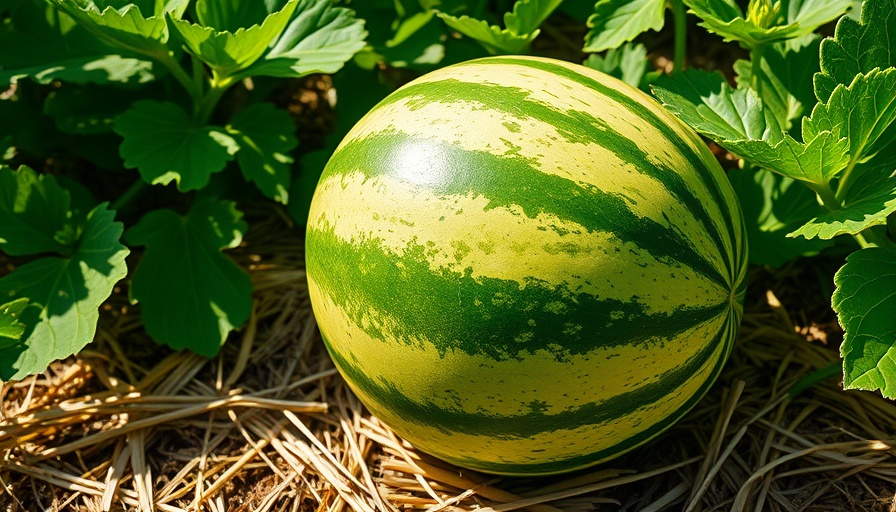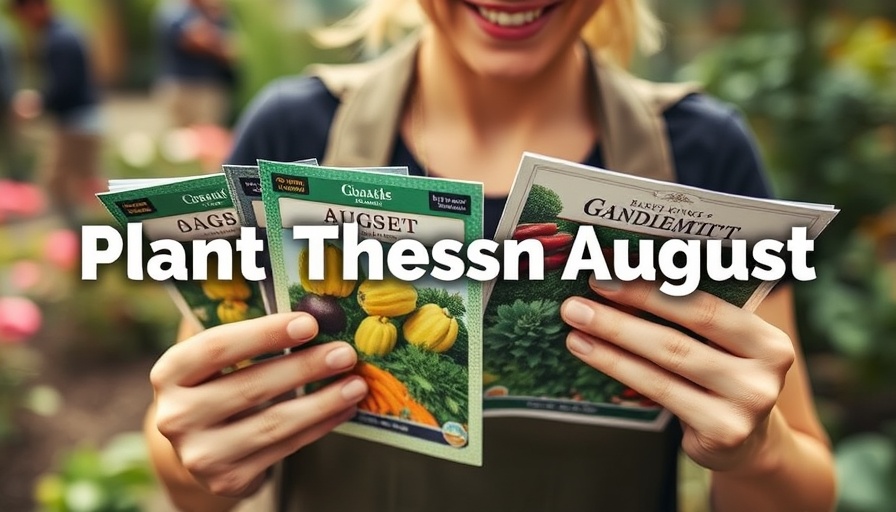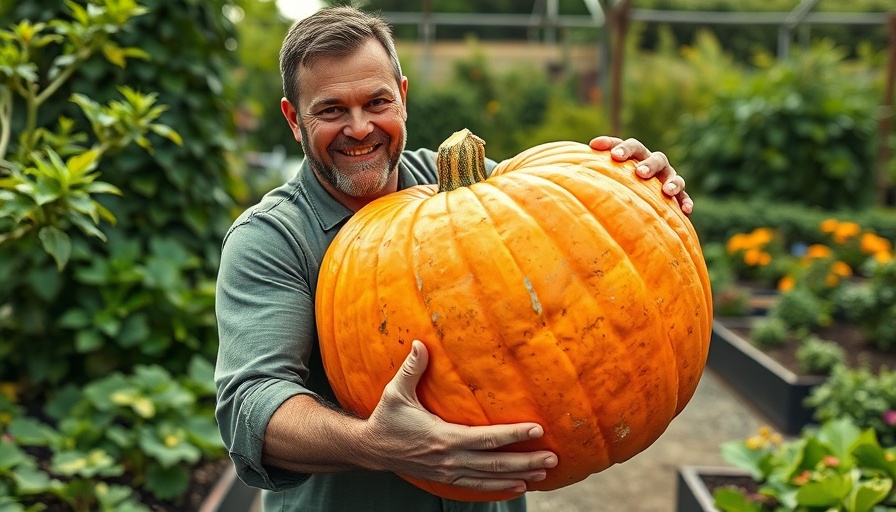
Unlocking the Potential of Small Spaces in Metro Vancouver
When it comes to urban gardening, particularly in a bustling place like Metro Vancouver, space can often be a limiting factor. However, just as shown in the video titled I grew GIANT onions..., a dedication to urban farming can yield remarkable results even in compact environments. Growing massive vegetables is not only possible but can also bring joy and fresh produce to your table.
In the video I grew GIANT onions..., the discussion showcases innovative urban gardening techniques that sparked deeper analysis on how residents can maximize their small gardening spaces.
Understanding the Science Behind Giant Onions
The excitement of cultivating oversized vegetables is full of agricultural science. Onions, known for their robust growth, can thrive in limited space if cared for properly. By utilizing rich soil, precise watering techniques, and choosing the right onion varieties, urban gardeners can cultivate their own ''giants'' at home. This involves ensuring optimal light exposure and leveraging companion planting strategies to maximize growth potential.
Benefits of Urban Gardening
Cultivating Giant onions and other vegetables in small spaces offers more than just physical produce. Gardening has immense mental health benefits, providing a peaceful escape from the urban hustle. The process of planting, nurturing, and eventually harvesting fosters a sense of accomplishment, connecting individuals with nature while also encouraging them to eat healthier. In addition, the sustainability aspect of urban gardening aligns perfectly with the eco-conscious mindset of many Vancouver residents.
Getting Started: Tips for Small Space Gardening
If you're inspired to begin your gardening journey following the insights from I grew GIANT onions..., here are some practical tips:
- Choose the Right Container: Ensure you have planters that allow for good drainage. Consider vertical gardening systems or tiered planters to maximize space.
- Optimize Sun Exposure: Position your plants in a location where they can receive at least six hours of sunlight a day, crucial for onion growth.
- Invest in Quality Soil: High-quality soil retains moisture and nutrients, fundamental for any gardening success, ensuring your plants can grow large and healthy.
Inspire Others: Share Your Urban Gardening Success
As more residents take the step towards urban farming, sharing personal experiences can create a supportive community of gardeners. Local gardening groups or social media platforms offer great avenues for sharing progress on projects, tips, and even giveaways of excess produce.
What's your gardening story? Perhaps you have your own tips for growing giant vegetables in small spaces. Get involved, connect with fellow gardeners, and turn that small balcony or yard into a lush oasis of greenery.
 Add Row
Add Row  Add
Add 




Write A Comment